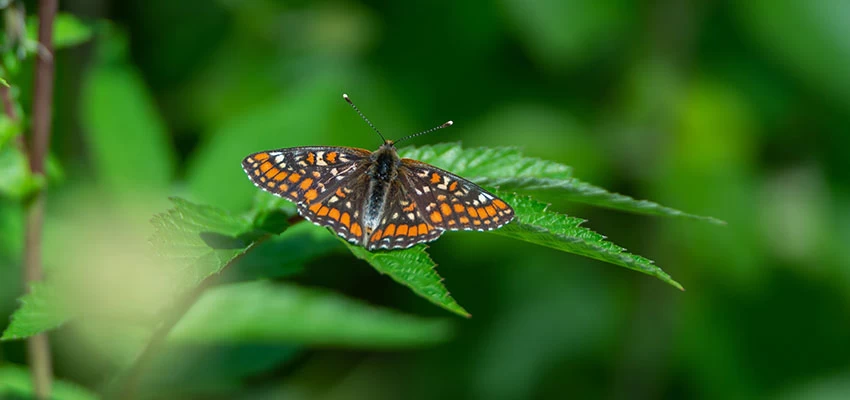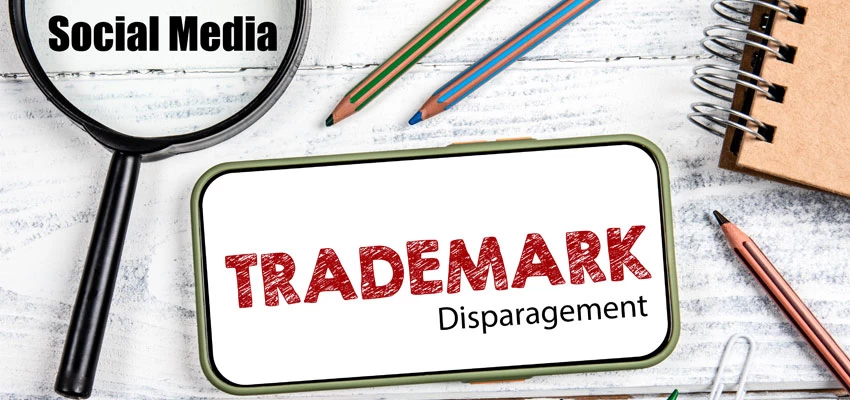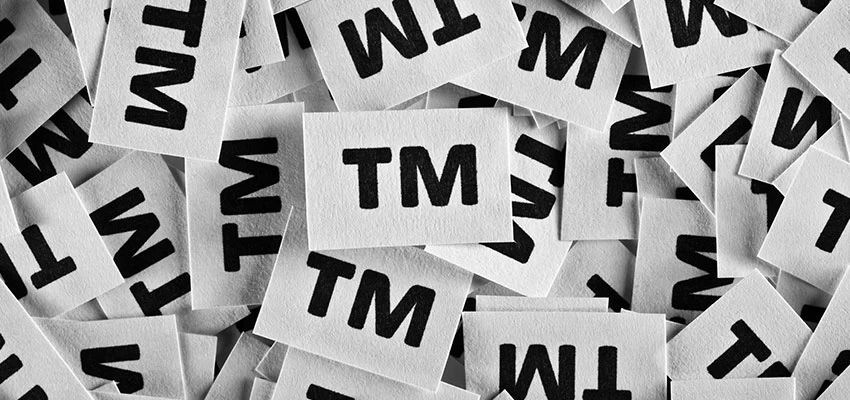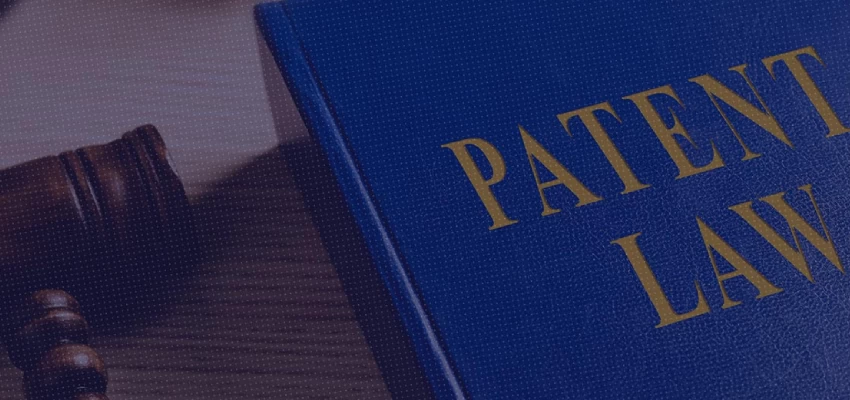Introduction
This article discusses the decision of the Hon’ble High Court of Madras on an appeal ((T) CMA (PT) No.126 of 2023)[1] filed by Imclone LLC (‘Appellant’) seeking to set aside an order passed by the Assistant Controller of Patents and Designs (‘Respondent’) refusing the grant of the Appellant’s patent application under Section 3(c) of the Patents Act, 1970[2]. The High Court, after considering the facts of the case, decided that the assessment of the claimed invention by the Respondent was erroneous and directed that the application proceed to grant, since the other objections raised in the FER were subsequently dropped pursuant to deletion of corresponding claims or on provision of a satisfactory explanation. This article specifically focuses on the opinion of the High Court with respect to the assessment of inventions under Section 3(c).
Facts of the case
The Appellant filed an ordinary patent application titled RECEPTOR ANTAGONISTS FOR TREATMENT OF METASTATIC BONE CANCER bearing an application number 5808/CHENP/2007 (‘Application’). The initially filed claims were drawn towards recombinant antibodies or antibodies fragments that bind to human PDGFRα (Platelet-derived growth factor receptor alpha). In the First Examination Report (‘FER’), the Respondent had raised objections under various Sections of the Act, including the objection on non-patentability under Section 3(c) of the Act, apart from additional objections regarding non-patentability under Sections 3(i) and 3(j) of the Act. The Respondent finally refused to grant the Application on the ground of non-patentability under Section 3(c) of the Act. Aggrieved by the decision of the Respondent, the Appellant filed the appeal.
The Appellant's counsel began by briefly describing the role of PDGFRα in bone cancer, especially metastatic cancer, followed by a detailed explanation of the process for producing the recombinant antibody (IMC-3G) which targets the specific epitope on and prevents ligand binding at the receptor site. Referring to specific paragraphs of the complete specification, the Appellant’s counsel argued that the claimed human anti-PGDFRα antibodies were not isolated from nature but were generated using standard hybridoma technology. Further, it was emphasized that the human body does not produce an antibody to PGDFRα, since it is necessary for human embryonic development; thus, any naturally occurring antibody would have arrested embryonic development. With respect to the interpretation of Section 3(c) of the Act, the Appellant’s counsel referred to the following judgements from the erstwhile Intellectual Property Appellate Board:
- Paragraph 8 of Biogaia AB v. Controller of Patents and Designs[3], to support the proposition that non-living substances occurring in nature or isolated from nature are not patent eligible, whereas any genetically modified microorganism or nucleic acid sequence is not excluded from patentability, if other criteria such as novelty, inventive step and industrial applicability are satisfied,
- Paragraph 9 of The University of British Columbia v. Controller of Patents[4], to support the contention that a non-human monoclonal antibody does not attract Section 3(c) of the Act.
- Paragraph 12 of Health Protection Agency v. The Controller General of Patents and another[5], to support the argument that a substance created with human intervention does not fall within the scope of Section 3(c) of the Act.
Thus, the Appellant’s counsel concluded that since the Patent Office had granted patents to monoclonal antibodies in the past, the rejection of the application under Section 3(c) of the Act violates the principle of equality.
The Respondent’s counsel, on the other hand, argued that the claimed antibodies were isolated from human beings. Further, the counsel referred to the sequence listing and pointed out that sequences recited in the claims specify the organism of origin of the sequence as homo sapiens. With regards to the applicability of Section 3(c) of the Act on the claimed invention, the Respondent’s counsel contended that the Appellant had generated already known and naturally occurring antibodies using standard hybridoma technology, which is not novel; moreover, no recombination was seen in the sequence listing. The Respondent’s counsel also provided arguments with respect to the IPAB orders listed by the Appellant.
Thereafter, the Appellant’s counsel, by way of rejoinder, submitted that the transgenic mice used for producing the claimed antibodies were produced by knocking out the murine immune system and inserting human genes. Such mice were immunised subcutaneously with PAE (porcine aortic endothelial) cells that express PGDFRα. Splenocytes from mice were then isolated and fused with myeloma cells. By this process, the antibodies were produced. Thus, it cannot be said that the antibodies were isolated from human beings and accordingly, the claimed invention cannot fall within the ambit of Section 3(c) of the Act. The Appellant’s counsel also highlighted that Section 3(c) of the Act was amended in 2002[6] to introduce the words ‘or discovery of any living thing or non-living substance occurring in nature’ and the same cannot be interpreted with reference to Section 3(d) of the Act, which was amended in 2005. Referring to the judgement of the Delhi High Court in Diamond Star Global Sdn. Bhd. v. Joint Controller of Patents and Designs, 2023[7], the Appellant’s counsel asserted that the qualifier ‘mere’ in Section 3(c) of the Act also applies to ‘discovery of any living thing or non-living substance occurring in nature’.
Discussion and decision
The High Court began with a summary of the scientific terms, concepts and principles that are germane for an understanding of the dispute. Against this background, the High Court traced the evolution of Section 3(c) of the Act. The Ayyangar Committee Report of 1959 served as the basis for the Patents Act of 1970. In paragraph 328 of this report, the Committee held that discoveries are universally not patentable; this was justified by the argument that an invention is the creation of something that did not previously exist, but a discovery is the process by which something already existing is found. Section 3(c) of the Act before the amendment of 2002 only had two limbs which barred the patenting of ‘the mere discovery of a scientific principle or the formulation of an abstract theory’. The first limb dealt with discovery and the second with the intellectual exercise of formulating an abstract theory. Further, the qualifier ‘mere’ before the noun ‘discovery’ in the first limb clarified that something more than a discovery of a scientific principle, may be patentable; this qualifier was not added in the second limb regarding the formulation of an abstract theory.
Post the amendment of the Act in 2002, a third limb was introduced in Section 3(c) of the Act, that is, ‘discovery of any living thing or non-living substance occurring in nature’. It is important to note that the adjective ‘mere’ was not placed before the noun ‘discovery’ in the third limb. The High Court emphasized that, in ordinary grammar and as per the principles of statutory construction, a modifier, like the word ‘mere,’ would apply to the entire series of nouns or verbs in the case of a straightforward parallel construction; in other cases, it would be limited to the closest reasonable referent. Further, the noun ‘discovery’ as recited in the third limb is applicable to both living things and non-living substances occurring in nature. This additionally supports the contention that the adjective ‘mere’ is not applicable to this limb since it means that even a ‘living thing’ could fall outside the scope of patent exclusion if there is something more than mere discovery. Even in the Patents (Second Amendment) Bill 1999 (Bill No.49), the adjective ‘mere’ was not used in the context of barring the patentability of discoveries of any living thing or non-living substance occurring in nature. The High Court mentioned that Section 3(d) of the Act also uses the adjective ‘mere’ before each of the limb therein. Thus, considering the above, the adjective ‘mere’ is confined to the nearest reasonable referent ‘discovery of a scientific principle’ and does not extend to ‘the discovery of any living thing or non-living substance occurring in nature.’
The High Court then delved into the phrase ‘occurring in nature’ recited in the third limb of Section 3(c) of the Act. Based on the ordinary rules of syntax, the High Court opined that if the phrase ‘occurring in nature’ were to be applicable to ‘living thing’, the construction of the provision should have been 'the discovery of any living or non-living thing occurring in nature'; however, that is not the case. Moreover, the expansion of ‘occurring in nature’ to ‘living thing’ would result in a redundancy considering the current level of knowledge. In this view, the High Court held that the expression ‘occurring in nature’ in the third limb of Section 3(c) of the Act only qualifies the nearest reasonable referent, that is, ‘non-living substance’.
The High Court also discussed provisions similar to Section 3(c) of the Act in US, touching upon the US Supreme Court decisions in Sidney A. Diamond v. Ananda M. Chakrabarty (Chakrabarty), 1980[8] (man-made bacterium were considered patentable), Mayo Collaborative Services, dba Mayo Medical Laboratories v. Promotheus Laboratories Inc.[9], (process claims regarding the dosage level of thioprine drugs were considered non-patentable), Association for Molecular Pathology et al v. Myriad Genetics et al, 133 S.Ct. 2107 (2013)[10], (an invention for discovery of the precise location and sequence of two human genes was patent-ineligible, whereas a synthetically created complementary deoxyribonucleic acid (cDNA) was patent eligible).
The High Court then shed light on subject matter that would fall within the scope of ‘discovery of any non-living substance occurring in nature’ as recited in Section 3(c) of the Act. The High Court asserted that use of the noun ‘discovery’ (which implies finding something which already exists and not producing, engineering or making something) and the present continuous form ‘occurring in nature’ indicate that Section 3(c) of the Act would only apply to a process of finding a hitherto undiscovered non-living substance by identifying and isolating it from nature. However, the High Court maintained that clearing the bar of Section 3(c) of the Act does not guarantee the grant of a patent. For the grant of a patent, the Applicant would be required to establish novelty, inventive step and industrial applicability, and that the invention does not fall within the scope of other exclusions in Section 3 of the Act.
The High Court considered the arguments presented by both the Appellant and the Respondent’s counsels. In light of the interpretation provided by the Court of Section 3(c) of the Act, it was held that the contention that the claimed antibody is naturally occurring solely because the sequence listing describes the organism as Homo Sapiens, lacks support. This inference would be justified only if the Appellant had discovered/found a hitherto unknown antibody and isolated it from nature. Further, the High Court stated that the claimed antibody was undoubtedly not isolated from a human being but was engineered in the manner described in the specification of the application. Briefly, the transgenic mice were generated by deleting murine genetic material from mice and replacing the same with human genetic material in the mice. Thereafter, an engineered antigen was injected into the mice. Subsequently, material extracted from the spleen of the mice was fused with myeloma cells by the hybridoma process, which resulted in the claimed antibody. In view of these facts, the High Court concluded that the claimed invention did not fall within the ambit of Section 3(c) of the Act, setting aside the impugned order and directing the grant of the application.
Conclusion
In deciding this case, the High court has provided more clarity to the language of Section 3(c) of the Act and what inventions may fall within the scope of said Section. Whether Indian Controllers will examine patent applications to determine the applicability of Section 3(c) of the Act more efficiently in view of this order remains to be seen.
[The authors are Associate and Principal Associate, respectively, in IPR practice at Lakshmikumaran & Sridharan Attorneys]
- [1] Imclone LLC v. Assistant Controller of Patents and Designs, dated 6 March 2024
- [2] Section 3(c) in The Patents Act, 1970 (indiankanoon.org)
- [3] Biogaia AB v. Controller of Patents and Designs, Order dated 13 February 2021
- [4] The University of British Columbia v. Controller of Patents, Order dated 31 December 2020
- [5] Health Protection Agency v. The Controller General of Patents and another, Order dated 25 August 2020
- [6] The Patents (Amendment) Act, 2002
- [7] Diamond Star Global Sdn. Bhd. v. Joint Controller of Patents and Designs, 2023 SCC OnLine Del 1879
- [8] Sidney A. Diamond v. Ananda M. Chakrabarty (Chakrabarty), 1980 SCC OnLine US SC 128
- [9] Mayo Collaborative Services, dba Mayo Medical Laboratories v. Promotheus Laboratories Inc.(Mayo), 2012 SCC OnLine US SC 28,
- [10] Association for Molecular Pathology et al v. Myriad Genetics et al, 133 S.Ct. 2107 (2013)











